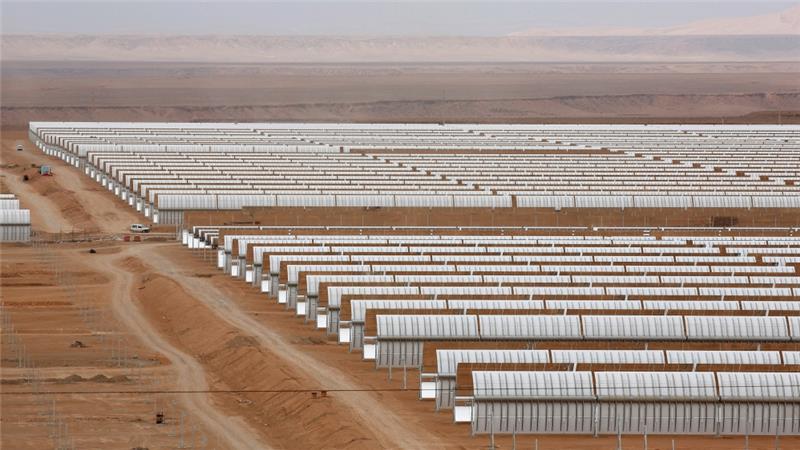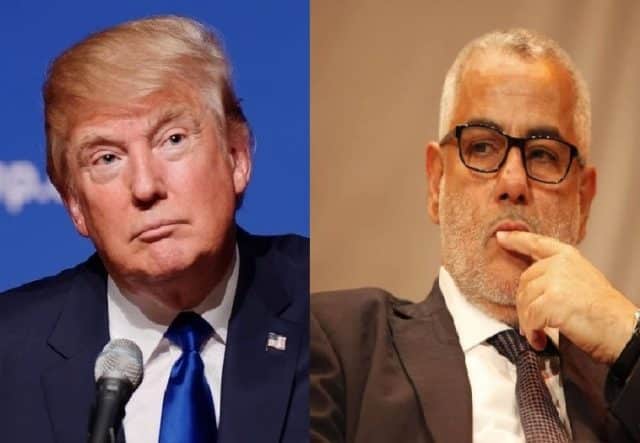The Trans-Pacific Partnership was pitched as fuel for American exporters in global competition.
President Trump, by signing an executive order Monday to abandon the TPP, decided — as he’s said for months — that his priority is to slow the tide of jobs leaving the United States and to experiment with other protectionist measures before providing a leg-up to American companies seeking cheaper labour abroad.
The order on his first full day in office underscores the urgency of the Trump administration to signal a hard pivot toward an economic policy centred on jobs. TPP proponents say boosting exports and opening markets for U.S. companies will lead to more jobs, not less.
• The TPP is a comprehensive trade agreement among 12 Pacific Rim countries, not including China, that was signed last year by President Obama after seven years of negotiation. But the Senate had not yet ratified it. The 30-chapter pact, which also needed to be ratified by other countries before Trump’s order Monday, primarily aims to boost exports, remove tariffs and non-tariff barriers, open access to more markets and usher in transparency in trade rules.
• Other countries part of the TPP, in addition to the U.S., are Australia, Canada, Japan, Malaysia, Mexico, Peru, Vietnam, Chile, Brunei, Singapore and New Zealand. These countries represent about 40% of the value of goods and services produced worldwide, according to government data. “It levels the playing field by setting the highest enforceable standards and by removing barriers to selling our goods overseas,” Obama wrote last year in an editorial for The Washington Post.
• A key selling pitch from the Obama administration was the agreement would remove more than 18,000 taxes, or tariffs, that have hampered U.S. companies from selling their products in foreign countries. The TPP also includes comprehensive and specific rules about environmental standards, labour practices, the influence of state-owned enterprises, trade disputes, e-commerce policies, intellectual property protection and anti-corruption measures.
Source: TPP, explained: What is the Trans-Pacific Partnership that President Trump is withdrawing from?














